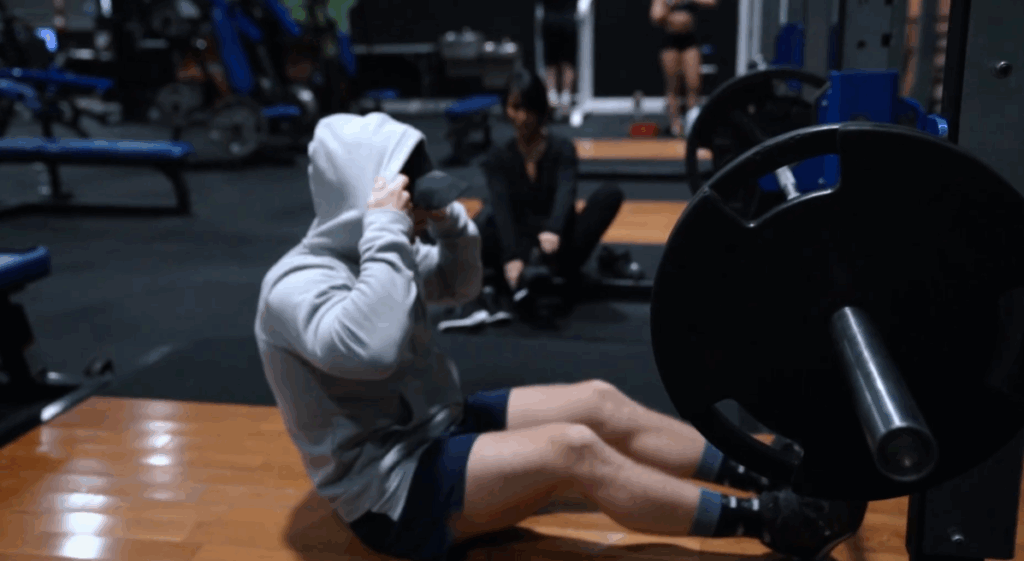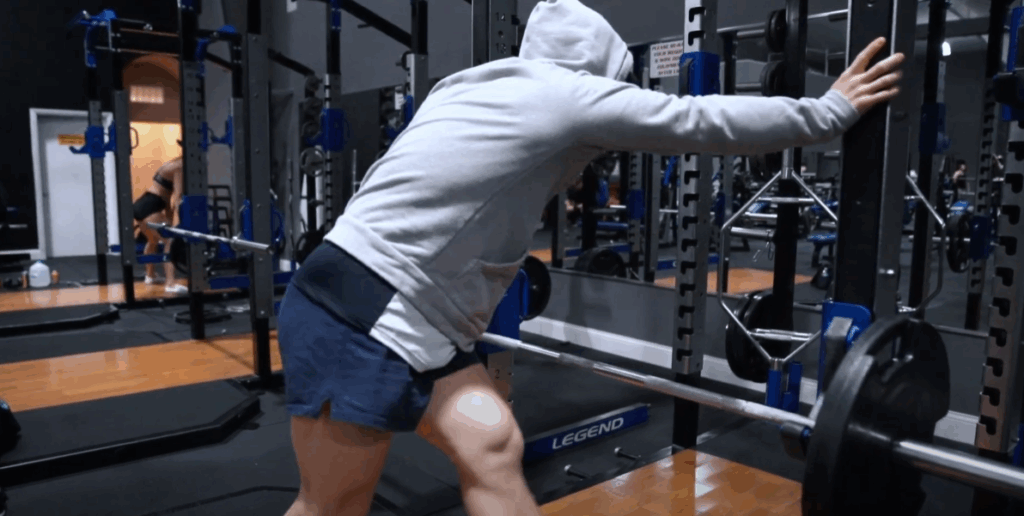Weightlifting is no longer just for seasoned athletes or adults trying to build muscle. More teenagers are stepping into the gym, eager to improve their strength, athleticism, and physique. But a common question arises: Should teenagers follow the same training principles as adults?
Concerns about stunted growth and injury risk have been circulating for decades, but what does the science actually say? And how should a teenager approach weight training to maximize results safely?
Let’s break it down.

1. The Growth Stunting Myth: Does Weightlifting Stop You from Getting Taller?
One of the most persistent myths in fitness is that weightlifting can stunt growth in adolescents. The idea is that lifting heavy weights could damage growth plates in developing bones, reducing height potential.
However, research overwhelmingly disproves this myth. A 2014 international position statement—endorsed by multiple sports science and pediatric organizations—concluded that there is no scientific evidence that resistance training negatively affects linear growth or final adult height.
In fact, the opposite may be true. Failing to engage in weight-bearing activities during adolescence could increase the risk of long-term bone health problems, such as weaker bone density later in life. Proper strength training during teenage years can actually strengthen bones and reduce the risk of fractures in adulthood.
So, not only is weightlifting safe for growth, but it may also be beneficial for developing a strong skeletal structure.
2. Injury Risks: How Safe Is Weight Training for Teens?
While growth stunting is a myth, injury prevention is a valid concern. Teenagers often have less experience with proper lifting technique, which can increase the risk of strains or sprains—especially when attempting heavy lifts too soon.
The same 2014 position paper noted that well-supervised strength training programs are remarkably safe for youth when compared to many other sports. In fact, injuries in weight training are far less common than in contact sports like football or basketball.
Tips for Teen Safety in the Gym
✅ Get supervision – Having a knowledgeable coach or experienced lifter present can drastically reduce injury risk.
✅ Start light and progress gradually – Focus on learning correct form before increasing weight.
✅ Avoid ego lifting – Many teens are tempted to max out their lifts prematurely, which increases injury risk.
✅ Warm up properly – Dynamic stretching and light sets prepare muscles and joints for heavier work.
Building strength early in life can also help reduce injuries later in adulthood, as stronger muscles and tendons provide better joint stability.
3. Should Teens Train Like Adults?
The short answer: not exactly.
While teenagers can perform the same basic exercises as adults—squats, deadlifts, bench presses, pull-ups—their training priorities should be slightly different.
Beginner and Teen Training Priorities
- Master technique first – Proper movement patterns should be the first goal. Good form builds a foundation for long-term progress and injury prevention.
- Keep volume and intensity moderate – Teens should not jump straight into advanced bodybuilding programs that emphasize high training volume or frequent failure training.
- Build general athleticism – Incorporating bodyweight exercises, balance work, and flexibility training helps improve coordination and reduces the risk of injury.
Once a teenager develops solid form and builds some experience, their training can gradually evolve to look more like an adult program, focusing on progressive overload and structured periodization.

4. How Strong Is Too Strong for a Teenager?
The question that sparked this discussion involved a 14-year-old who was 6’2″, 170 lbs, deadlifting 375 lbs, squatting 300 lbs, and benching 160 lbs. These are impressive numbers for any teenager, and such strength is safe if technique is solid and progression has been gradual.
The biggest danger for strong teenagers is not their actual lifts but the temptation to push too fast. Building strength should always prioritize safety and longevity over chasing personal records.
5. Long-Term Benefits of Starting Young
Starting weightlifting during adolescence offers several advantages:
✅ Better bone health – Weight-bearing activities help build strong bones during key developmental years.
✅ Improved athletic performance – Strength training enhances speed, power, and coordination for sports.
✅ Establishing lifelong habits – Teens who start early are more likely to maintain an active, healthy lifestyle into adulthood.
✅ Reduced injury risk in sports – Stronger muscles and tendons protect joints during high-impact activities.
6. Training Guidelines for Teenagers
Here’s a simple framework for teens starting weightlifting:
✅ Frequency
2–4 weight training sessions per week, allowing for rest days between sessions.
✅ Exercises
- Focus on compound movements (squats, deadlifts, bench press, rows, overhead press)
- Include bodyweight exercises (push-ups, pull-ups, planks) to improve control and stability
- Add accessory work (lunges, dumbbell curls, face pulls) to strengthen smaller muscles
✅ Sets and Reps
- Beginner phase: 2–3 sets of 8–12 reps with light to moderate weight
- Progression phase: Gradually add weight once technique is consistent
✅ Intensity
- Avoid training to absolute failure initially. Focus on leaving 1–3 reps “in the tank” until proper form is ingrained.
✅ Recovery
Teenagers need adequate rest, sleep, and nutrition to support growth and recovery. 8–9 hours of sleep per night is ideal, along with a diet rich in protein, healthy fats, and complex carbohydrates.
7. What About Supplements?
For most teenagers, supplements are unnecessary if their diet is balanced. The focus should be on whole foods—lean meats, eggs, dairy, fruits, vegetables, and whole grains.
The only exceptions might be:
- Whey protein (if meeting protein goals through food is difficult)
- Creatine monohydrate (generally safe for teens, but should be discussed with a healthcare professional)
- Vitamin D and omega-3s (if diet and sunlight exposure are lacking)

8. Final Advice for Teen Lifters
If you’re a teenager looking to start or improve your weightlifting journey, here’s the key takeaway:
- Start slow, focus on technique, and think long term.
- Ignore myths about stunted growth—lifting is safe and beneficial when done correctly.
- Don’t compare yourself to others. Everyone progresses at a different rate, and rushing leads to injuries.
With patience and consistency, starting strength training in your teenage years can set you up for a lifetime of health, athleticism, and muscular development.



